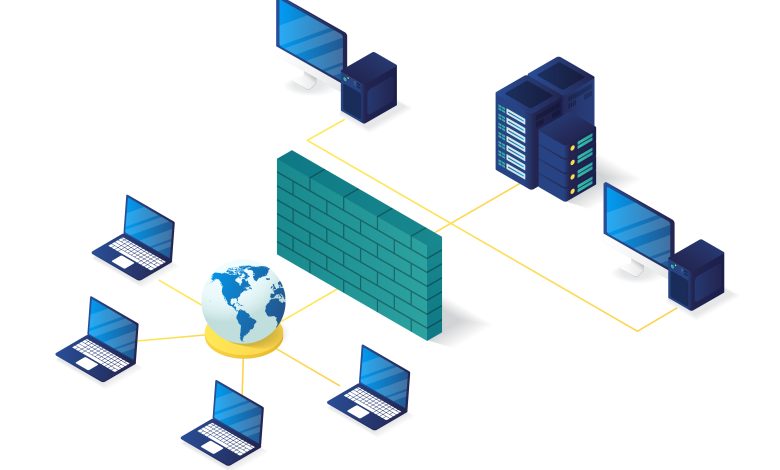Web Application Firewall Explained

Websites, online applications, and web servers are all common targets for cyber-attacks. SQL injection attacks, cross-site scripting (XSS) assaults, and DDoS attacks are among the most popular forms of web server attacks. So, how can you counteract these? There are two primary techniques that may help: designing apps to make them more resistant to assaults and employing specifically developed web application firewalls to secure applications.
What is the purpose of a web application firewall (WAF)?
A web application firewall prevents targeted, harmful traffic from accessing a web application by filtering and blocking it on the internet. WAFs are used to defend HTTP applications against typical threats such as SQL injection and cross-site scripting.j
For additional information on how to create web applications that are more resistant to similar attacks, check out OWASP’s excellent page. OWASP has a wealth of information for developers interested in creating safe online apps.
Web servers must also have IPS, IDS, and basic firewalls in place to prevent attacks as not all applications follow these guidelines. If your online applications are vulnerable to XSS attacks, SQL injection or web session hijacking, these tools will not protect you. You should consider installing specialized web application firewalls to your network in order to appropriately safeguard web servers and apps.
What are web application firewalls and how do they work?
Web application firewalls, like other forms of firewalls, may be hardware, software, or both. Web application firewall software is usually offer as a plugin for a web server or as an inline web server. A web application firewall, whether software or hardware, analyzes HTTP and HTTPS GET and POST requests and applies preset firewall rules to detect and filter out dangerous web traffic. I outlined the three basic kinds of firewalls in my recent “Explain How a Firewall Works” post: stateless, stateful, and application firewalls. Web application firewalls are customizing application firewalls that examine packet content rather than simply the headers.
Before it reaches the web server, web application firewalls intercept dangerous web traffic that other security appliances may miss. They may also help your company comply with PCI-DSS and HIPAA laws if applied correctly. A web application firewall’s logging may also be incorporated into a SIEM system, allowing security professionals to better monitor the security of your web servers. (There are specialized online security requirements such as HIPAA and PCI-DSS.)
- HIPAA
- PCI-DSS
Compliance with such requirements may be aid by using a properly configured web firewall.
A web application firewall may reject malicious packets, give users a CAPTCHA challenge to prove they aren’t bots, or even simulate attacks to uncover holes.
Configuration of the web application firewall
Three main security models may be use to create a web application firewall. Depending on the exact circumstances of the web server and application, one model may be more successful than the others.
Whitelisting
- restricts online traffic to just that which meets particular requirements. It may, for example, be set to only accept HTTP GET requests from certain IP addresses.
Blacklisting
- an approach that uses pre-programmed signatures to prohibit malicious internet traffic and assaults targeting certain website and web application issues DDoS attacks are successful if a collection of IP addresses transmits far more packets than is typical for that number of IP addresses accessing a website. In order to prevent unauthorized access to websites and web applications on the public internet, blacklisting model web application firewalls are ideal.
Hybrid security architectures incorporate whitelisting and blacklisting in certain online applications. Depending on the architecture, hybrid firewalls may be suitable for both internal and external web applications.
Securing web servers necessitates the use of a variety of programs and devices, as well as adhering to best practices in online application development. However, a well-implemented web application firewall is a must-have. Cyber attackers are increasingly targeting online apps and websites, and the number of web assaults will only grow in the future.
Explore more interesting articles at Articledaisy




